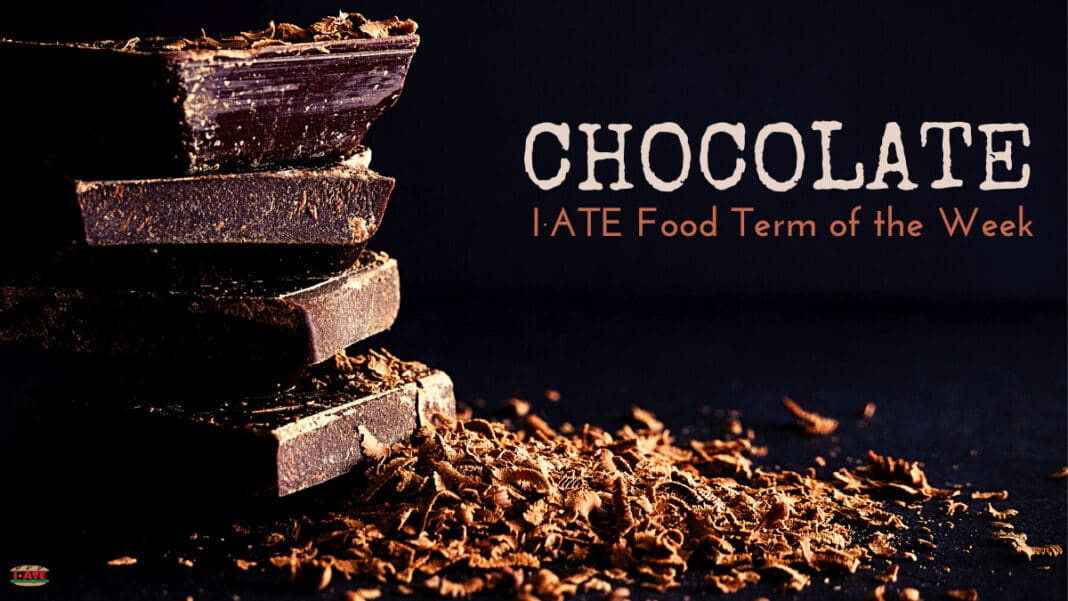Civilizations like the Mayans and Aztecs believed that cacao beans had magical attributes, which were appropriate enough to be used in rituals like birth, marriage and death. Cacao tree’s Latin name (Theobroma cacao) goes hand in hand with this belief, considering its meaning – “food of the gods”.
There is a legend that was passed down from generation to generation, telling how the god Quetzalcoatl stole and gave it to Toltecs to produce a bitter drink for gods only. Chocolatl, as it was called, could only be enjoyed by priests and royal family members. One of the gods who were angry at Quetzalcoatl for stealing the plant tricked him and transformed the plant into agave, but he was smart enough to keep a seed that was later shared with the Toltecs. Luckily for us, as we get to enjoy many different products made out of that little bitter bean.
4 Main Types of Chocolate
When talking about chocolate four main types can be distinguished, produced by varying the quantities of different ingredients.
- White chocolate has a characteristic creamy or ivory colour. It is made of sugar, cocoa butter, milk, vanilla and lecithin (emulsifier, helps the ingredients’ blending). The brightest type of chocolate often has a predominately sweet flavour with notes of sweetened condensed milk and vanilla. You can spot a good quality white chocolate thanks to its rich and creamy texture.
- Milk chocolate might be the most famous one, especially among children. It’s made with powdered, liquid or condensed milk. According to EU regulations, in order to be considered as milk chocolate, the product needs to have at least 25% of cocoa solids (with the exception of the UK, Ireland and Malta where the required minimum of cocoa solids is 20%). This type of chocolate can be described as sweet and chocolatey, featuring notes of milk and caramelized sugar.
- Dark chocolate is also known as plain chocolate, as it is produced using a higher cocoa percentage than other types. It can be eaten in its bar form or used in cooking and it must contain a minimum of 35% cocoa solids to fall under “dark” category. Most dark chocolate doesn’t contain dairy, which makes it a vegan-friendly sweet option.
- Ruby chocolate made its way into chocolate lovers’ hearts quite recently, as it was presented only in 2017. Its red-pink hue originates from the ruby cocoa bean, and features an intense fruity and fresh sour flavour. This type of chocolate is particularly attractive due to its colour.
No matter what type of chocolate you opt for, you are quite likely to experience some of its benefits – improved mood being one of the most important among them.
Not to leave it on talking about chocolate only, we have compiled a short list of delicious chocolate-based recipes that you can try out at home and delight your siblings with:
- Chocolate Pudding Pie by Delish
- Chocolate-Cookie Crunch Trifle by Food and Wine
- Chocolate Hazelnut Cheesecake by Good to Know
- Chocolate Cobbler by Southern Living
- Chocolate Flan by The Spruce Eats.
Happy desserting!
Sources
Delishably. 2020. The Legend of Chocolate: Origin Story and Hot Chocolate Recipe. [ONLINE] Available at: https://delishably.com/desserts/legend-of-chocolate. [Accessed 7 July 2020].
Lake Champlain Chocolates. 2020. Types of Chocolate. [ONLINE] Available at: https://www.lakechamplainchocolates.com/types-of-chocolate. [Accessed 8 July 2020].
Surviving Mexico. 2016. The Legend of Chocolate | Surviving Mexico. [ONLINE] Available at: https://survivingmexico.com/tag/the-legend-of-chocolate/. [Accessed 7 July 2020].
Treehugger. 2020. Top 11 Chocolate Myths. [ONLINE] Available at: https://www.treehugger.com/top-chocolate-myths-4863506. [Accessed 7 July 2020].
Wikipedia. 2020. Types of chocolate. [ONLINE] Available at: https://en.wikipedia.org/wiki/Types_of_chocolate. [Accessed 8 July 2020].
 Written by Lara Karlović, a digital marketing enthusiast with experience in social media management, SEO content writing and optimization and content marketing.
Written by Lara Karlović, a digital marketing enthusiast with experience in social media management, SEO content writing and optimization and content marketing.

